Forestry works are now underway and are expected to last until the end of February (11 December 2023)
Water Mold Strikes Larch and Sweet Chestnut, Greno Woods (25 July 2023):
A highly destructive tree disease which is creating significant damage across the UK has reached Greno Woods. As there is no treatment for infected trees and the disease can spread rapidly, the scientific advice is to fell all vulnerable species of trees in an infected zone. Consequently, we received a Statutory Plant Health Notice from the Forestry Commission this spring, with felling to begin in late October.
For more information on works taking place at Greno Woods this year please see our dedicated page.
About Greno Woods Nature Reserve

Please keep dogs on leads and always follow the Countryside Code. Respect, Protect, Enjoy your local green spaces.
Greno Woods is an ancient woodland, rich in wildlife and full of historic interest. Covering 169 hectares, it is one of our largest reserves and offers excellent opportunities for wildlife watching, exploration and recreation.
- For ways to get involved at Greno, click here, and for help planning your visit, including getting to the woods and things to do, click here.
- For more information on things to do and places to stay and eat in and around Greno Woods, click here.
- To find out more about the Enchanted Forest Trail at Greno, click here.
- Read on for more on what you can expect to see in the woods and the Greno Woods management plan, and find downloads at the bottom of this page.
Acquired in 2012, the Trust owns Greno Woods outright. Although the woodland has been significantly altered by the introduction of non-native conifers in the 1950s, it remains a beautiful and peaceful place to enjoy nature.
The woods contain some of the county’s most vulnerable habitats, including mature oak woodland and heathland. Walk along the Trans-Pennine Trail in spring and revel in woodland wildflowers including bluebells, honeysuckle and common cow-wheat. Take a similar walk in summer and enjoy the ripe blackberries and bilberries, whilst autumn reveals a profusion of fungi. Birdwatchers will be kept busy through all seasons.
Criss-crossed by a network of footpaths and bridleways, Greno Woods offer many opportunities for walks both long and short. If you prefer to enjoy the outdoors at a faster pace, excellent horse riding opportunities are offered, including a 3km bridleway loop (which links with bridleways in adjacent Wheata and Wharncliffe Woods). Cyclists can also follow the bridleways, or pass through the reserve on the Trans Pennine Trail which runs through the woods here, whilst adrenaline seekers are invited to try our three downhill mountain bike trails, including the famous Steel City run.
For those wishing to get off the beaten track, the reserve offers a number of orienteering courses. Families are invited to visit our den building area, find our geocache, or try our Greno Explorer challenge.
Lying on the northern fringe of Sheffield, Greno Woods, together with the adjacent Wharncliffe and Wheata Woods, forms an attractive matrix of woodland, heathland and ancient field systems. Taken together, they cover an area of 700 hectares, making them the largest area of woodland with high biodiversity value in Yorkshire. Small wonder then, that so many wild animals and plants are found here.
Volunteering at Greno Woods
Find out more about volunteering with Sheffield & Rotherham Wildlife Trust.
Thank You
Together with our members and volunteers we take care of 15 nature reserves, including Greno Woods, spanning almost 600 hectares, across Sheffield and Rotherham. These are places where you can enjoy nature and where our conservation work helps the wildlife you love to thrive.
Your donations make it possible for us to care for Greno Woods nature reserve. Thank you!
Precious Plants
As the name suggests, Greno Woods is largely a woodland reserve, although an area of heathland is present at its heart. A great many tree species are found here, from ancient oak coppice stools to Victorian beech, to young sweet chestnut coppice and areas of conifer plantation. There has been woodland at Greno since before 1600 and many of the wildflowers found here are particularly associated with ancient woodlands. Look in spring and find sweet honeysuckle, bluebells, ramsons and greater stitchwort along the Trans Pennine Trail or along streamsides in Low Hall Wood.
Common cow wheat is another Greno specialty. This delicate looking plant brightens up the edges of paths with deep golden flowers in the summer. It is a hemi-parasite (meaning it gets some of its food from the roots of other plants) and has a fascinating relationship with the reserve’s hairy wood ants. The cow wheat flowers produce a sugary liquid from tiny glands below the petals that the ants are attracted to and feed on. Meanwhile its seeds contain a special oily structure delicious to the ants who carry them away to their nests, so spreading the plant across the woodland.
Wildlife is plentiful at Greno and whatever the season there is always plenty to spot. Walk the bridleway network in spring and summer and you will see the ride sides buzzing with insect life. Comma, peacock, red admiral and brimstone butterflies make a colourful show, whilst male speckled wood duel for sun spots under the woodland canopy. Look out for the hairy wood ants nests in sunny areas. These amazing structures are a marvel of insect construction. The material in the thatched ‘roof’ of a nest acts like an umbrella when it rains and like a solar panel in good weather, intercepting the sun’s rays and heating the nest above the temperature of the surrounding woodland. Also in sunny spots, look out for basking common lizard, particularly in the area surrounding the heath.
Greno Woods offers great bird watching opportunities. Bands of jays, great spotted woodpecker and wood pigeon are all easily spotted overhead, whilst shyer species such as woodcock and bullfinch lurk in the undergrowth. As summer approaches, the woods burst with birdsong – you may hear chiffchaffs, willow warblers and blackcaps as well as the more familiar calls of robins and chaffinches. In winter, visitors such as crossbill compete with squabbling flocks of coal tit, or grey squirrels, for pine nuts.
Other than the ubiquitous grey squirrel, Greno’s mammals are retiring and rarely seen. If you visit at dawn or dusk, you may be lucky enough to get a glimpse of fox or badger, a roe deer feeding in a woodland glade or brown hares in the fields at the woodland edge.
If you need to get in touch with us about Greno Woods or any of our other reserves, please email us or call 0114 263 4335.
Bird Survey 2015
Back in March 2015, volunteers and staff carried out a basic bird survey at Greno Woods. In the process of writing the Management Plan, we identified that we held no recent data on bird species in the site. We felt this was a great opportunity for the local community to get involved and use their birding knowledge.
After a short training session the volunteers walked three routes around the reserve between April and June, carrying out a “Point Count Transect” where they stopped at set points and counted/identified birds for five minutes within a 100 metre circle. Most of the surveys were done in the early morning but some were carried out at dusk.
Fifty species were recorded. The five most frequently encountered were wren, robin, chaffinch, blue tit and blackbird. Highlights included a pair of cuckoos, willow warbler, blackcap, chiffchaff, tree pipit, meadow pipit and spotted flycatcher; woodcock and tawny owl in the evenings; and a good selection of woodland birds including great spotted woodpecker, great tit, coal tit, goldcrest, treecreeper and many others. You can download the full survey report below.
Greno Woods Management Plan
Our management plan for Greno Woods covers the period April 2015 – March 2022. Physical works contained in the plan are aimed at increasing the proportion and quality of priority habitats on the site and maintaining features of interest. Works to maintain and improve recreational infrastructure are also included. A survey and monitoring programme is being implemented over the course of the plan, providing data on ecological conditions which will inform future management works.
In addition to these physical works, the Trust plans to engage the public in the management of Greno Woods through the Grenoside Conservation Group. On site information provision will be improved, as will the promotion of the site through the Trust’s website. An annual programme of events will be held to attract visitors to promote public understanding of its wildlife and history. The opportunity for volunteers to participate in practical work days will also be offered. Through the implementation of this plan, the Trust intends to ensure the woodland remains true to the vision:
“Greno Woods should be a peaceful woodland, supporting a rich diversity of wildlife, where the woodland’s archaeology and history are conserved and celebrated and where people of all ages from local communities and across the city can come to enjoy a variety of recreational pursuits in a beautiful, natural setting.”
You can download the Management Plan for Greno Woods below.
Greno Woods Poem
Renowned poet Ian McMillan very kindly wrote a poem to support our Appeal for Greno Woods called I Like a Wood.
I Like a Wood
I’ve got to confess I like a glade;
A tent made of leaves, a tree-shelter,
Somewhere to sit in the afternoon shade
And say, quietly
I do like a glade.
I’ve got to confess I like a copse;
A branch of a twig office, a root-shed
Somewhere to sit where time just stops
And say, slowly,
I do like a copse.
I’ve got to confess I like a wood;
A trunk-palace, a bird-street
Somewhere to sit that’s fulfilling, complete,
And say, happily,
I do like a wood.
Access Information
Getting There
- Public Transport
- Buses 79a and 85 run from Sheffield city centre to Grenoside village. Alternatively, buses 35 and 86 run along the A61 with stops adjacent to the reserve. Find more details on the Travel South Yorkshire website.
- Directions
- Greno Woods lie immediately north of Grenoside village, in the north of Sheffield. From the city centre, head out on Penistone Road (A61) until it becomes Halifax Road, then turn left onto Foxhill Road. Continue on to Main Street and then on to Woodhead Road for around 1 mile where the Forestry Commission car park will be on your left. Cross the road for the main entrance to Grenoside Woods. The main body of the woodland lies between the Woodhead Road and the A61. Low Hall Wood lies east of the A61.
Accessibility
- Greno Woods is well served by a network of footpaths and bridleways, as well as three downhill mountain bike trails. These are shown on our downloadable map in the downloads section.
Due to the topography of the site, and the location and availability of parking, access to the reserve for wheelchair users and those with restricted mobility is limited. The Trans-Pennine Trail, running from Greno Gate to Sandy Lane is wheelchair accessible. For further information regarding access and conditions on the reserve, please contact us as below.
Other information

- Please keep dogs on leads and always follow the Countryside Code. Respect, Protect, Enjoy your local green spaces.
- Camping is not permitted at this reserve.
- Barbecues and campfires are not permitted at this reserve.


The Countryside Code
Always follow the Countryside Code. Respect, Protect, Enjoy your local green spaces.
Read More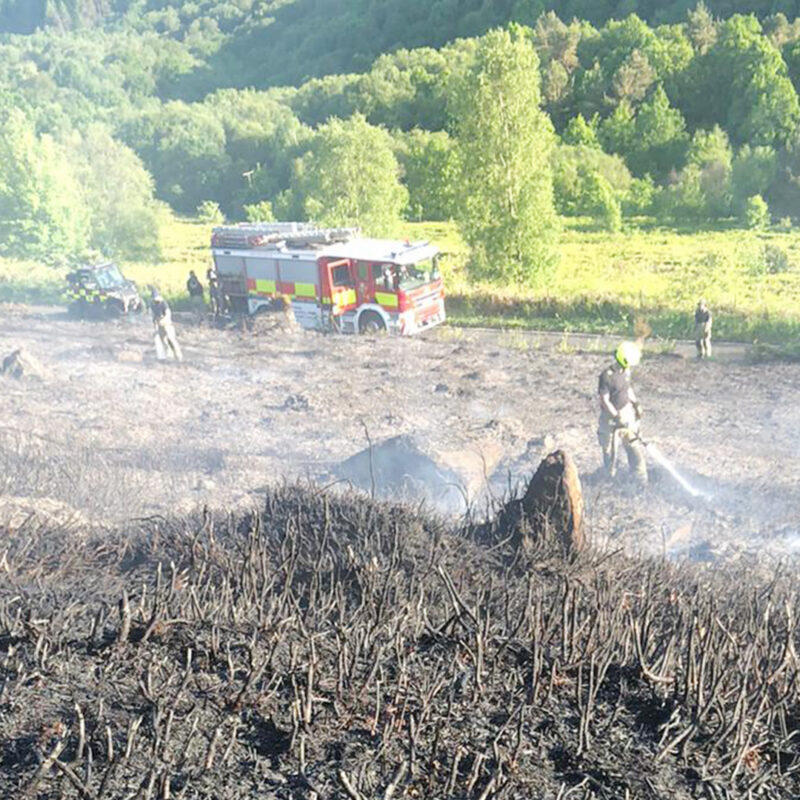
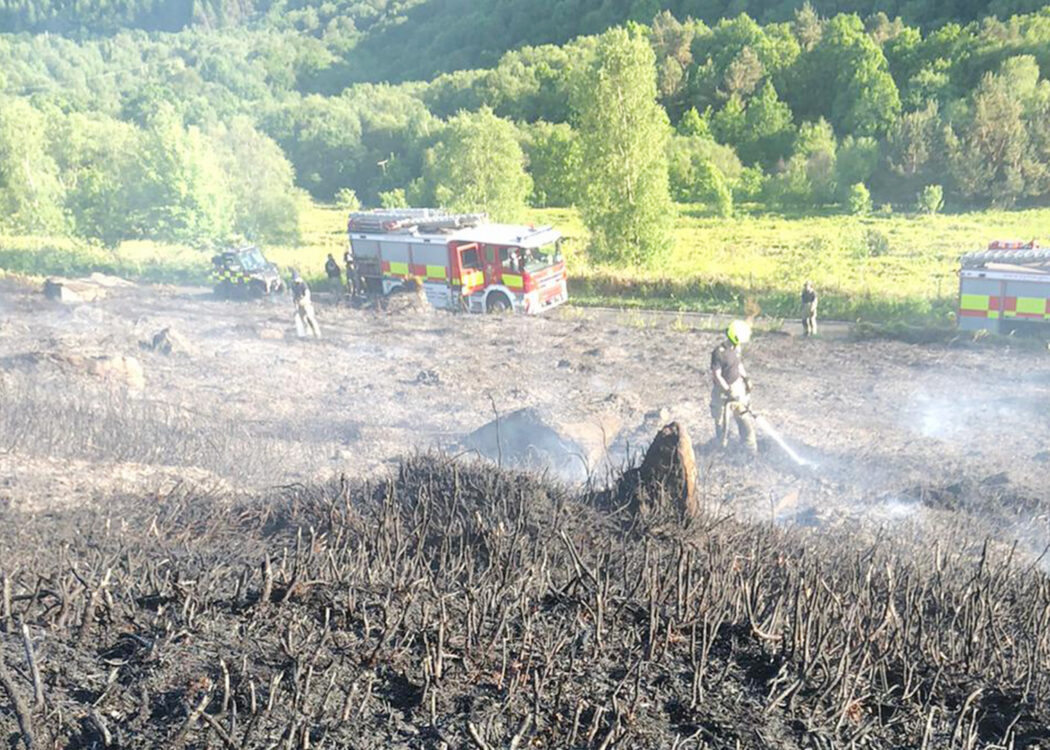
Wildfire safety advice
How to report a wildfire and information on the causes and preventions of countryside fires.
Read MoreExplore more Nature Reserves
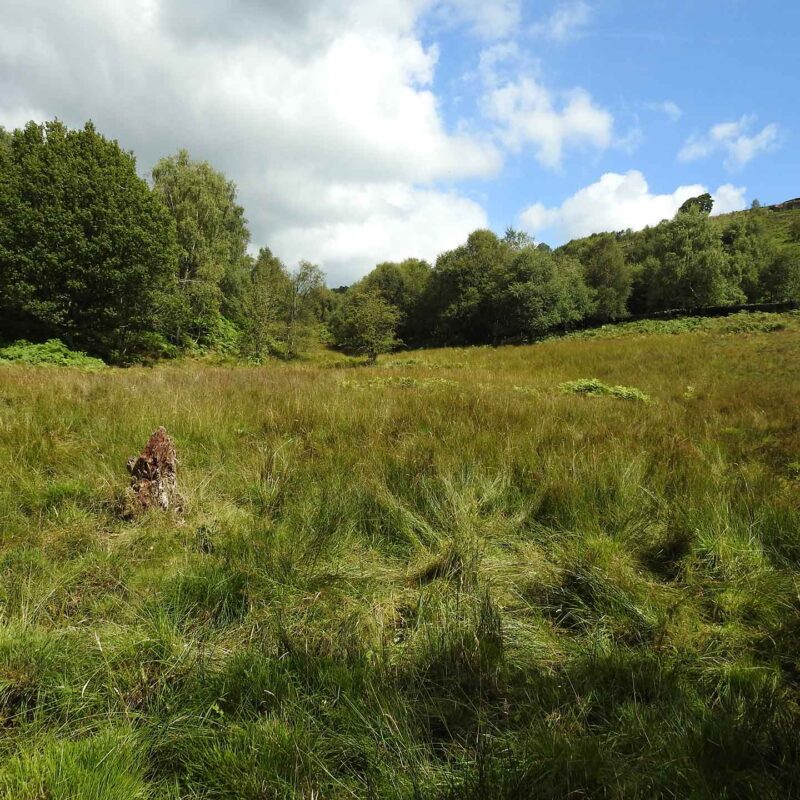
Agden Bog
A classic example of a type of bog that has now mostly disappeared from our landscape.
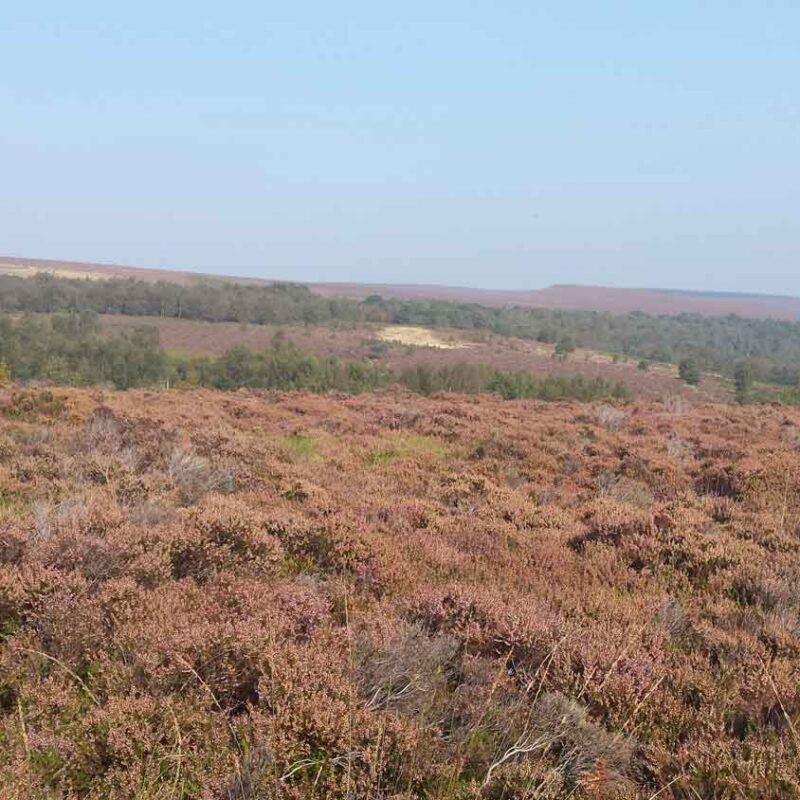
Blacka Moor
A magnificent moorland, the largest of our reserves.
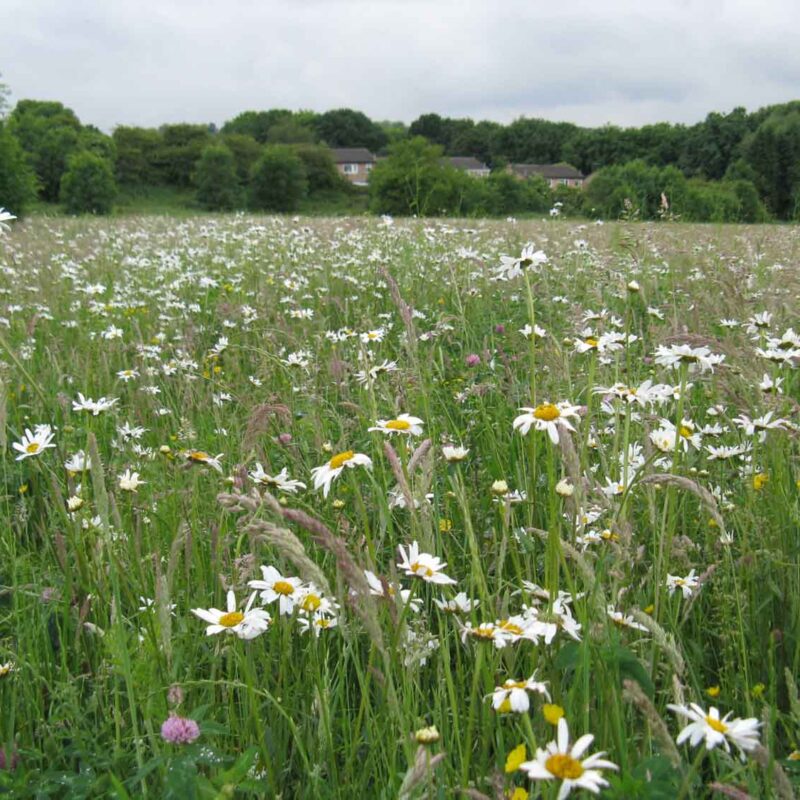
Carbrook Ravine
A small but varied reserve nestled amongst the urban landscape.
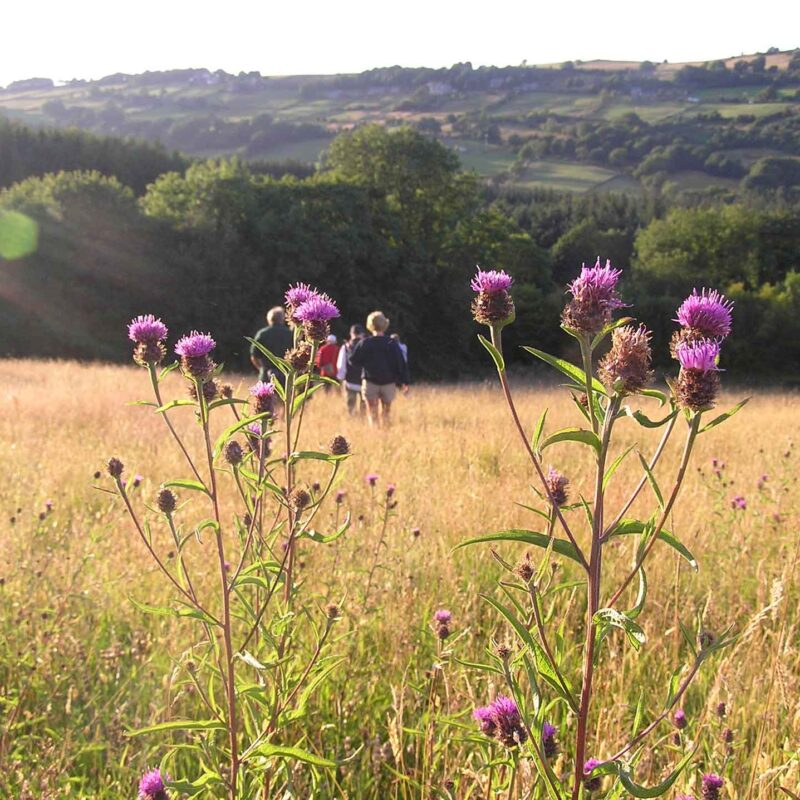
Carr House Meadows
A patchwork of flower-rich meadows, perched above the Ewden Valley.
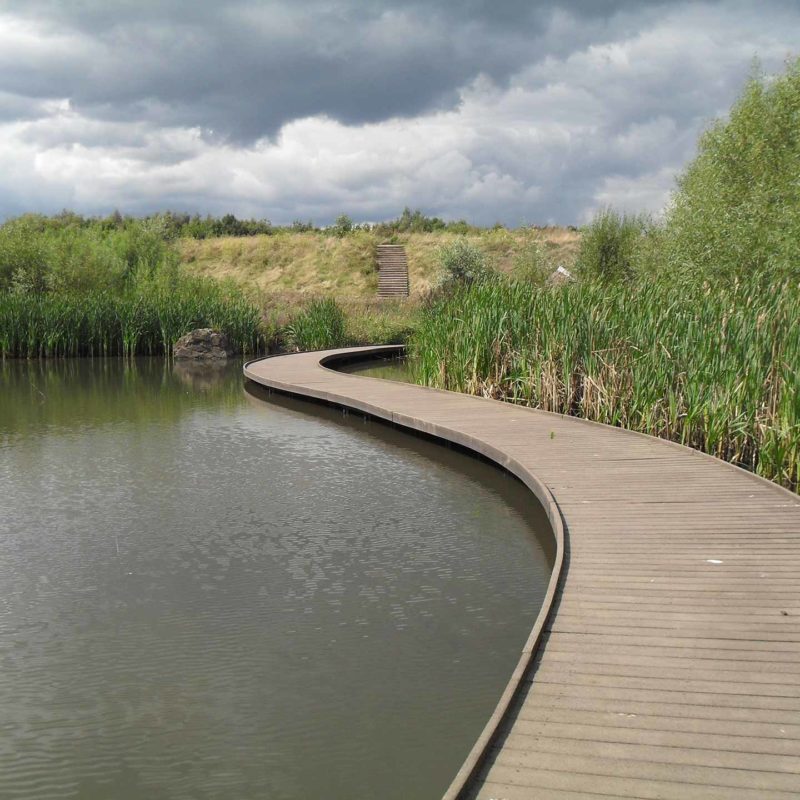
Centenary Riverside
From steel works to wetland wildlife haven.
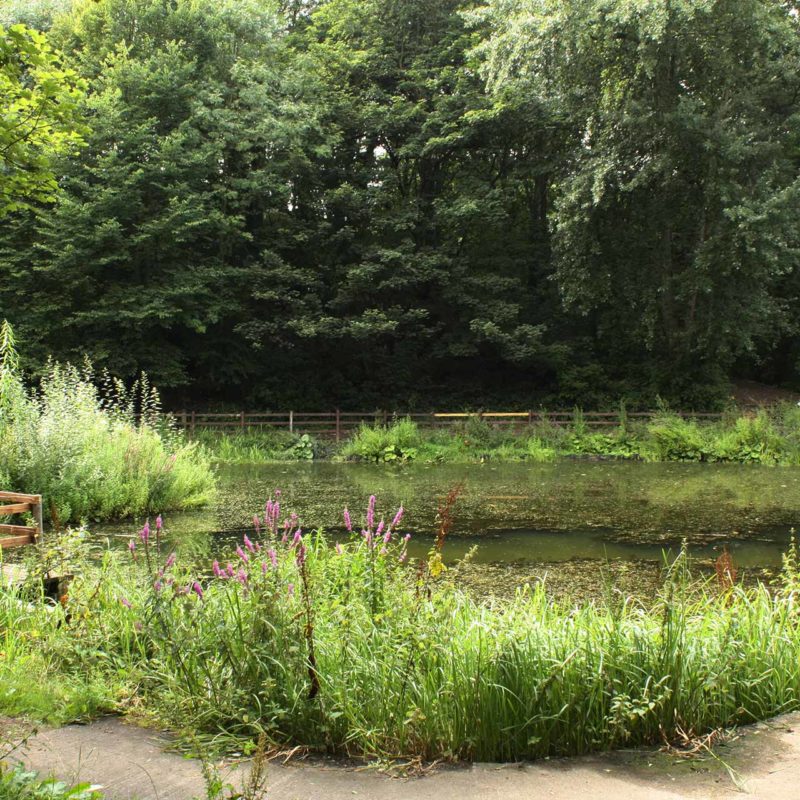
Crabtree Ponds
Crabtree Ponds is Burngreave's hidden gem.
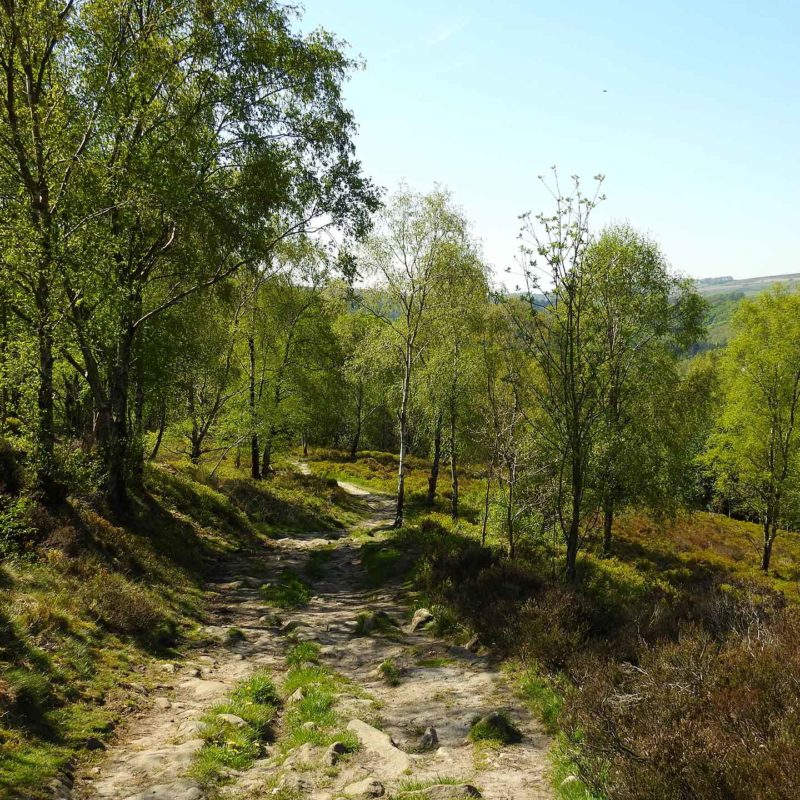
Fox Hagg
A recently extended patch of heathland and woodland, neighbouring Wyming Brook.
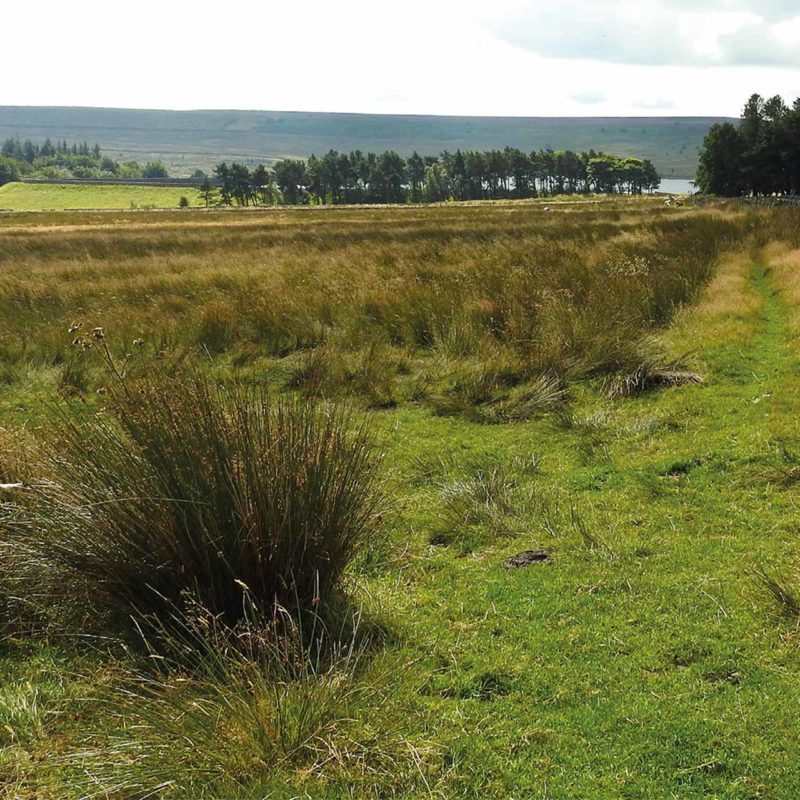
Hammond’s Field
One of the few remaining areas of unimproved farmland around the moorland fringes.
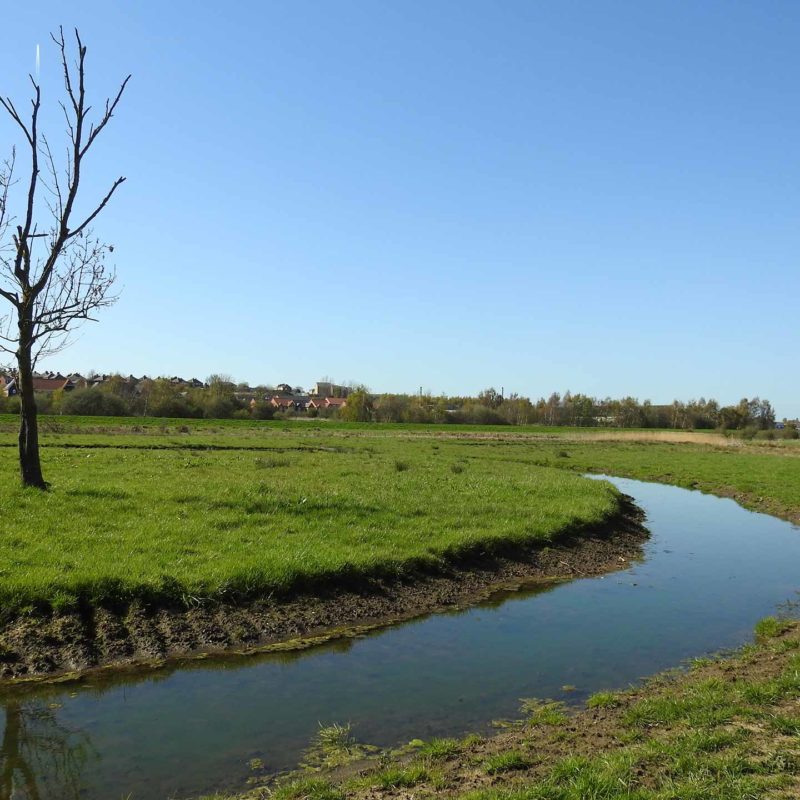
Kilnhurst Ings
A post-industrial washland on the River Don.
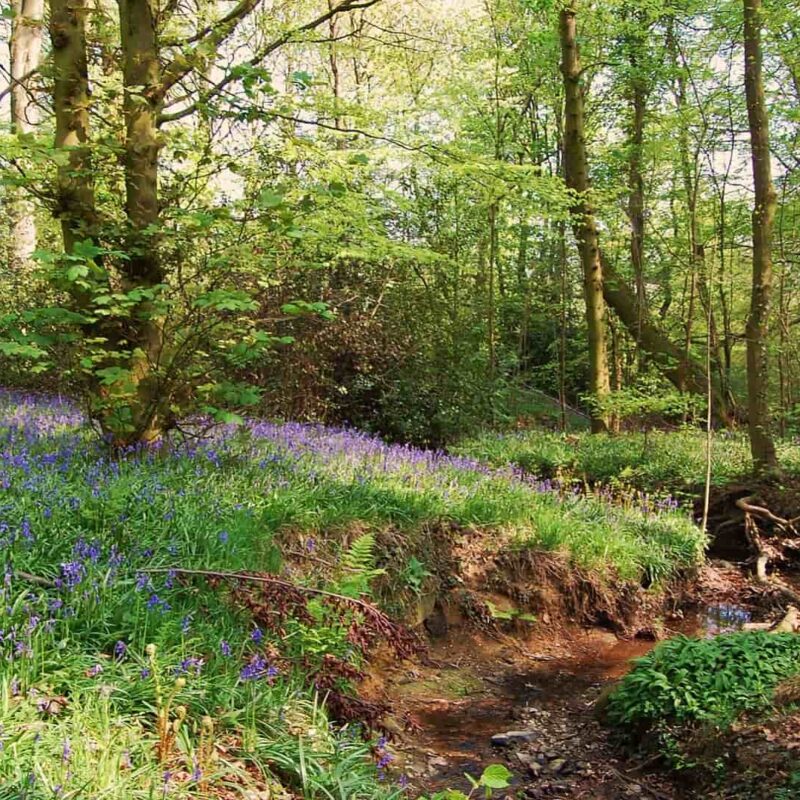
Moss Valley Woodlands
Majestic beech trees tower overhead in these beautiful ancient woodlands.
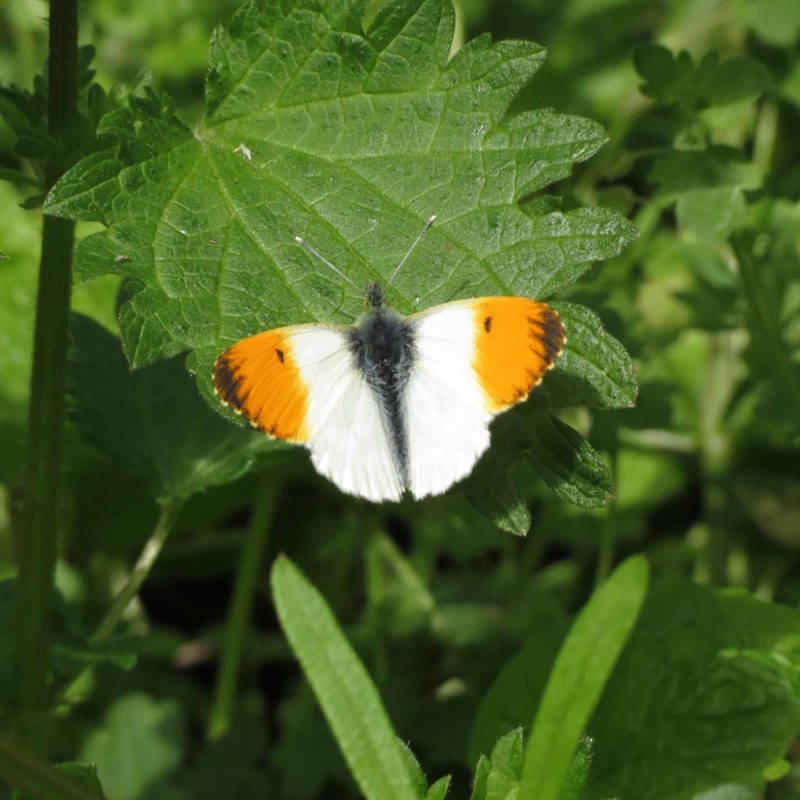
Salmon Pastures
From post-industrial wasteland to a vital green corridor.
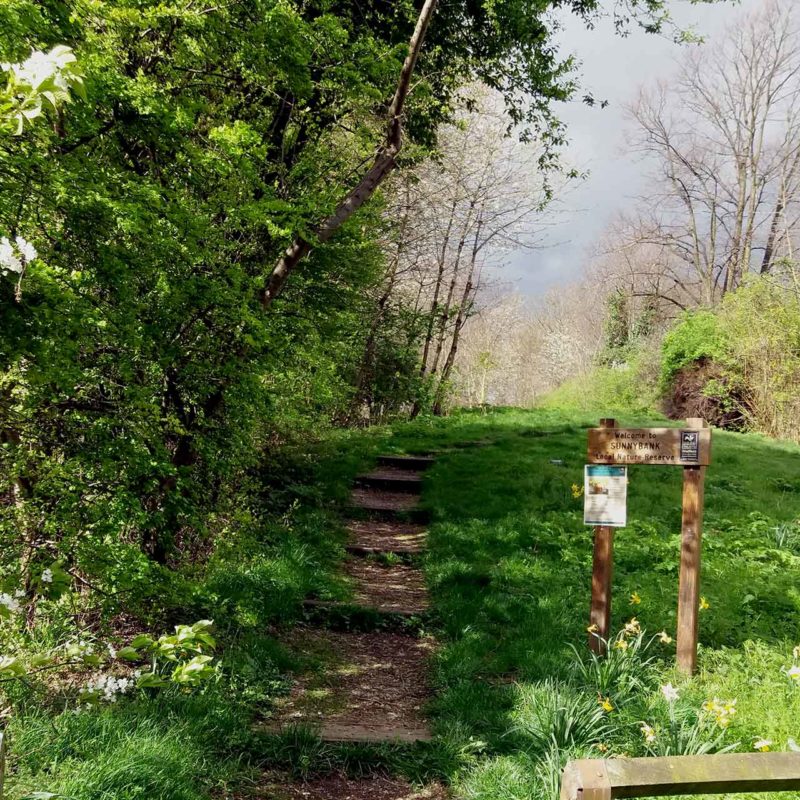
Sunnybank
A scenic short-cut, for people and wildlife.
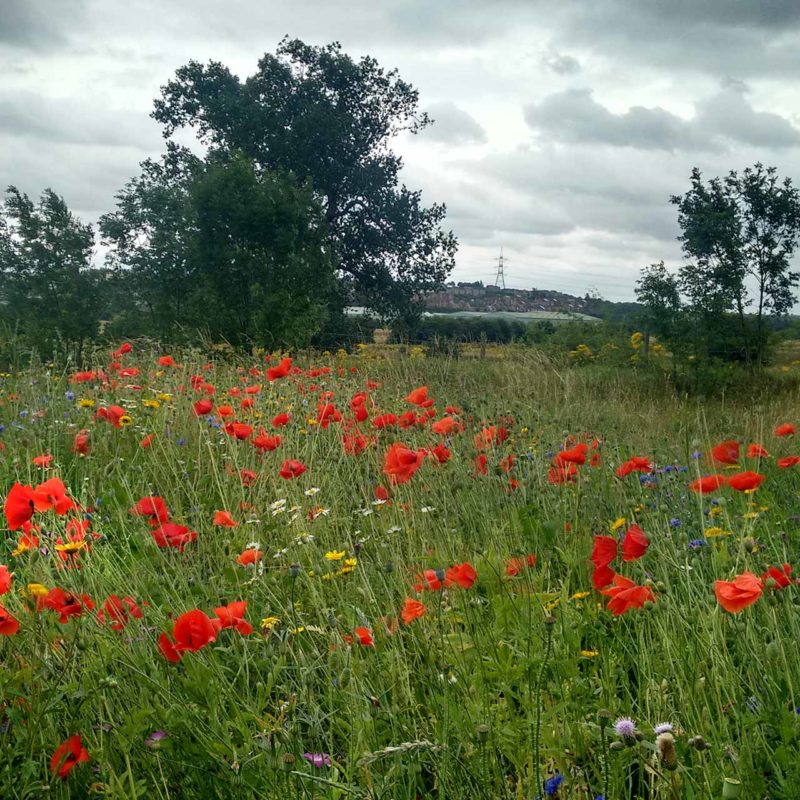
Woodhouse Washlands
A mosaic of wet and dry grasslands, swamp, wet ditches, ponds and scrub.
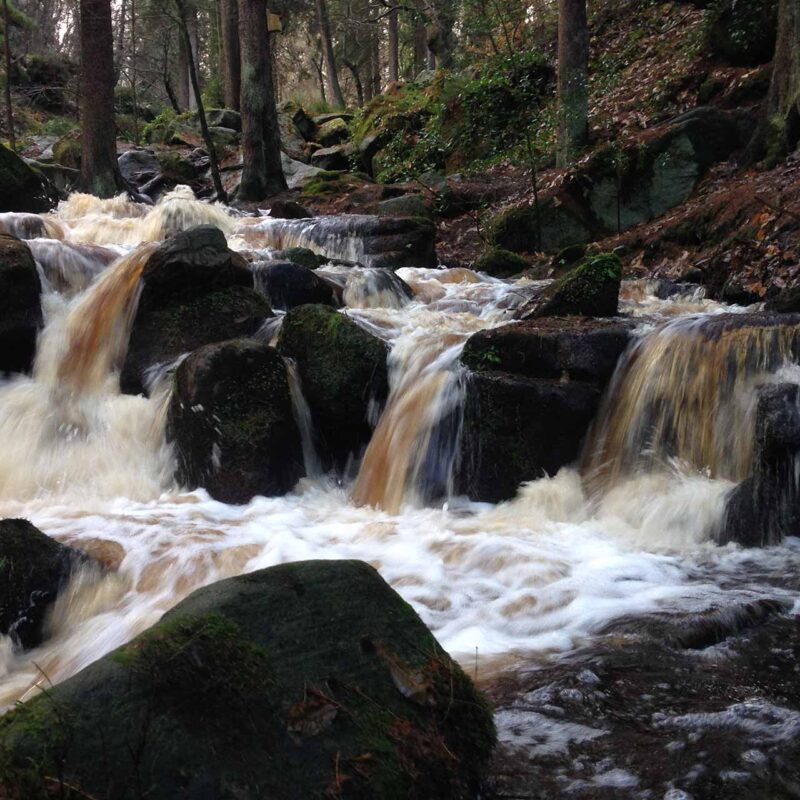
Wyming Brook
A little bit of wilderness on the western edge of Sheffield.
